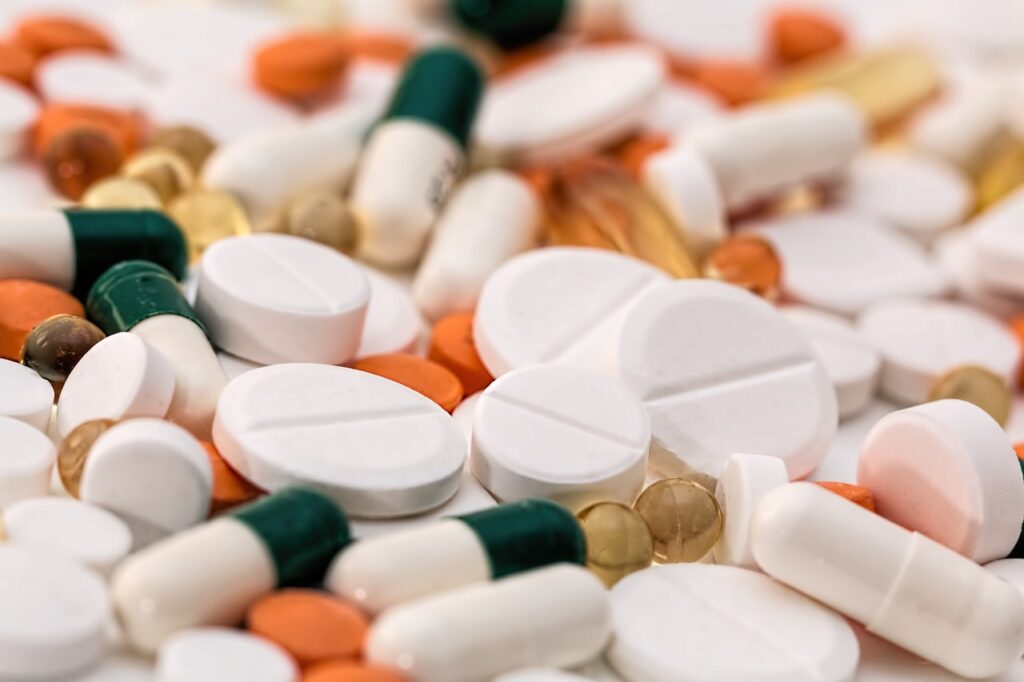1. Purpose
- To establish a systematic procedure for the sampling and testing of raw materials to ensure their quality and compliance with specifications before use in production.
2. Scope
- This SOP applies to all personnel involved in the sampling and testing of raw materials at [Company Name].
3. Responsibilities
- Quality Control Manager: Overall responsibility for ensuring adherence to this SOP.
- Production Supervisor: Coordinate with the Quality Control department for sampling and testing.
- Quality Control Technician: Conduct sampling and testing as per the SOP.
- Procurement Officer: Ensure raw materials are obtained from approved suppliers.
4. Equipment and Materials
- Clean containers for sample collection
- Sampling tools (e.g., scoops, pipettes)
- Testing equipment (e.g., pH meter, moisture analyzer)
- Personal protective equipment (PPE) – gloves, lab coat, safety goggles
5. Procedure
5.1 Raw Material Sampling
- Obtain the sampling plan from the Quality Control Manager, specifying the frequency and locations for sampling.
- Ensure sampling tools and containers are clean and sterile before use.
- Identify the sampling points on the raw material containers or packages.
- Take samples according to the prescribed method, ensuring representative samples are collected.
- Label each sample with the following information:
- Date and time of sampling
- Name of the sampler
- Raw material name and code
- Sampling location
- Transfer the samples to the Quality Control laboratory for testing.
5.2 Raw Material Testing
- Receive the samples in the Quality Control laboratory.
- Verify the integrity of the samples and cross-check with the accompanying documentation.
- Conduct the necessary tests based on the specifications provided for each raw material.
- Perform tests using appropriate equipment and following standard test methods.
- Record the test results accurately, including any deviations from the expected values.
- Compare the test results with established acceptance criteria.
- Notify the Quality Control Manager immediately of any non-conforming results.
- Document all test results and maintain records in accordance with company procedures.
6. Reporting and Documentation
- Prepare a test report for each batch of raw material tested, including:
- Date of testing
- Raw material details
- Test methods used
- Test results
- Acceptance status
- File the test reports for future reference and audits.
7. Non-Conformance and Corrective Action
- If any raw material fails to meet the acceptance criteria:
- Quarantine the material to prevent its use in production.
- Initiate a non-conformance report and investigate the root cause.
- Implement corrective actions to prevent recurrence.
8. Training
- Ensure all personnel involved in sampling and testing receive adequate training on this SOP and related procedures.
9. Records Retention
- Maintain all sampling and testing records for a minimum period as per regulatory requirements or company policy.
10. Revision History
- Document any revisions made to this SOP and ensure all affected personnel are informed.
11. References
- List any relevant standards, guidelines, or regulatory requirements applicable to raw material sampling and testing.
12. Approval
- This SOP must be approved by the Quality Control Manager or designated authority before implementation.
13. Distribution
- Distribute copies of this SOP to all relevant personnel and ensure they have access to the most recent version.
14. Review
- Periodically review and update this SOP to reflect changes in processes, equipment, or regulatory requirements.
- For more articles, Kindly Click here.
- For pharmaceutical jobs, follow us on LinkedIn
- For Editable SOPs in word format contact us on info@pharmaceuticalcarrier.com
- For more information kindly follow us on pharmaguidelines.co.uk











